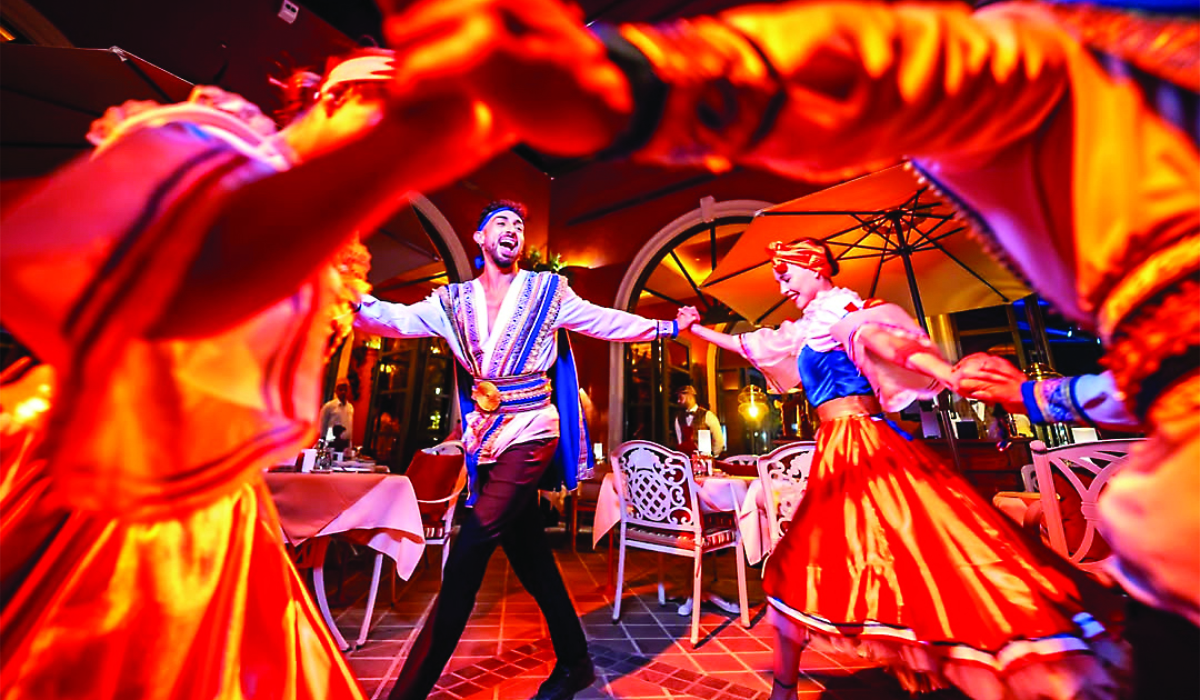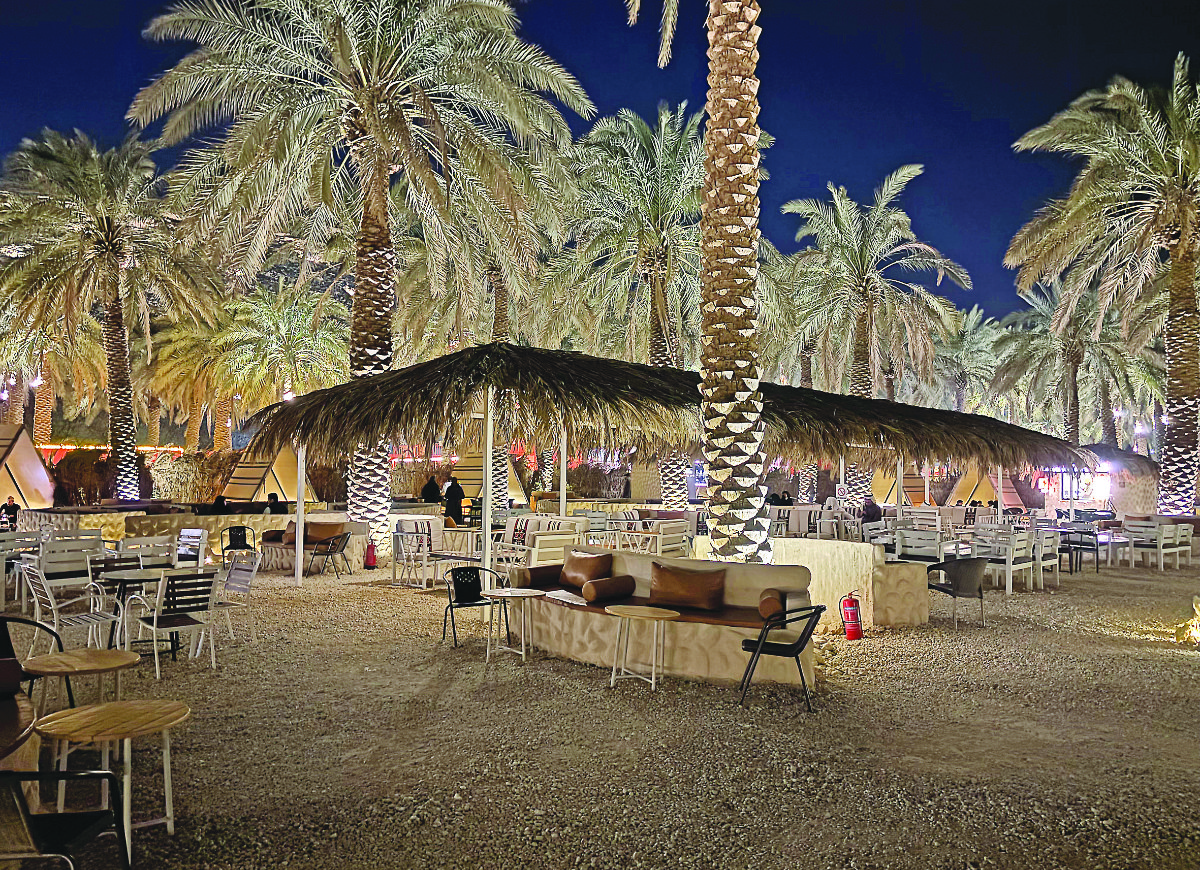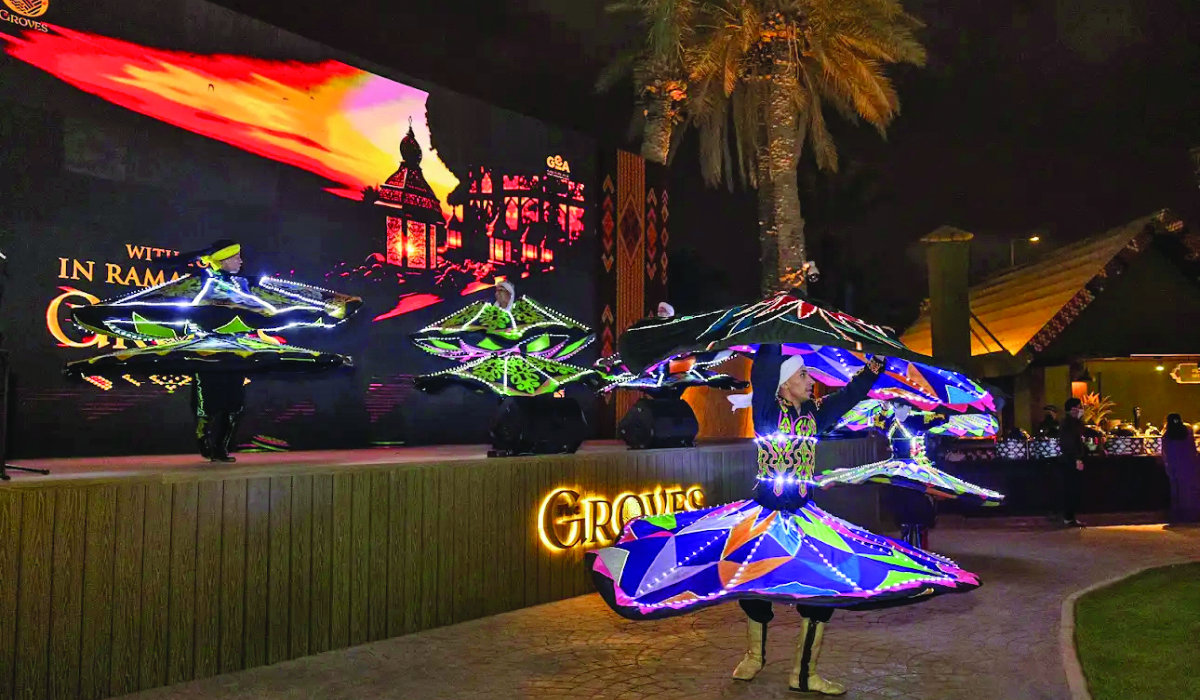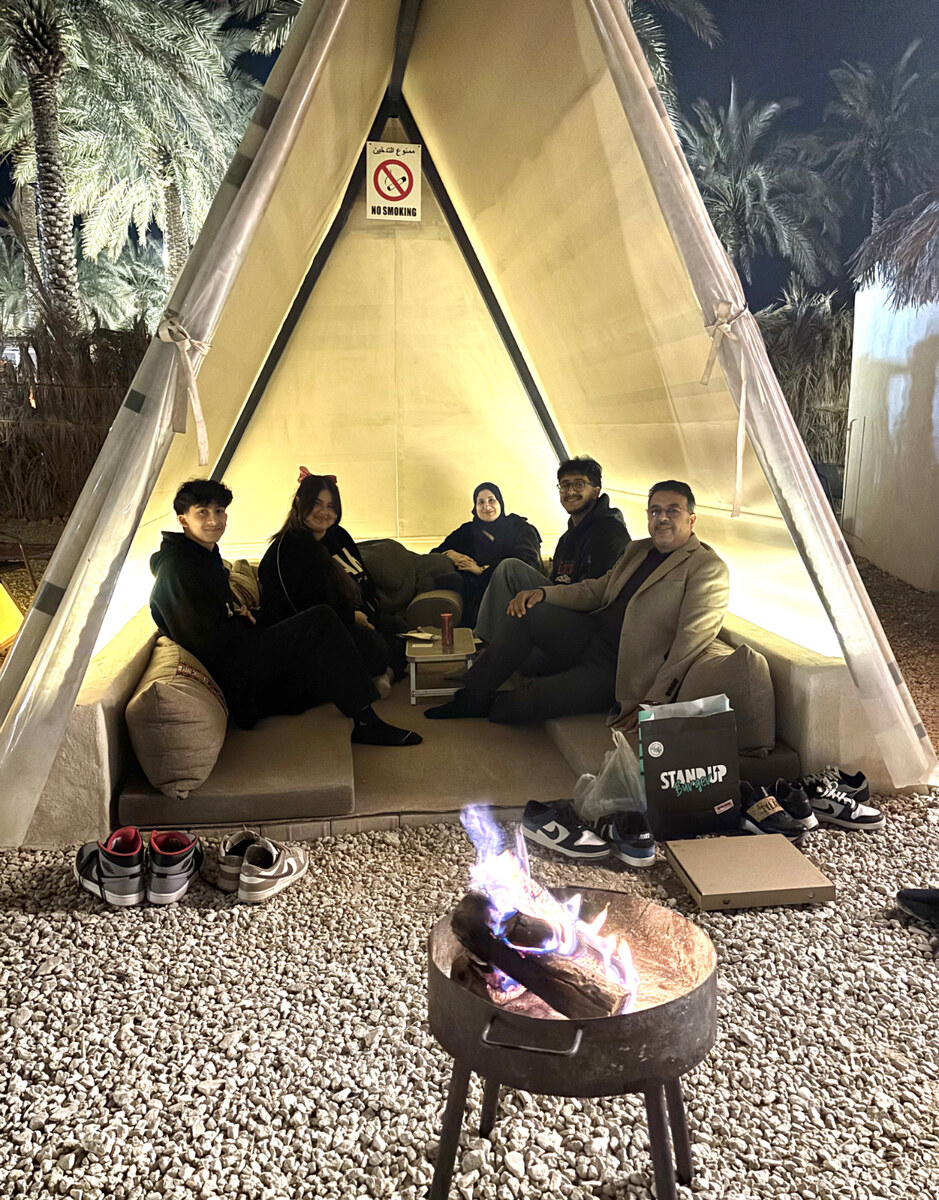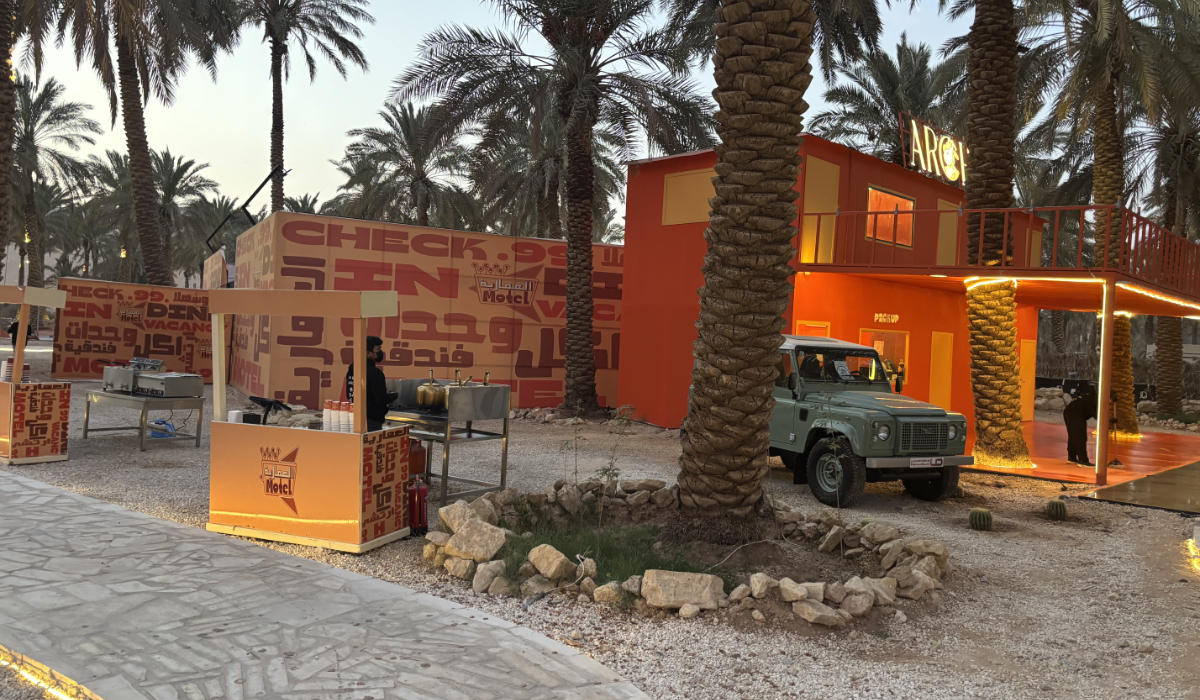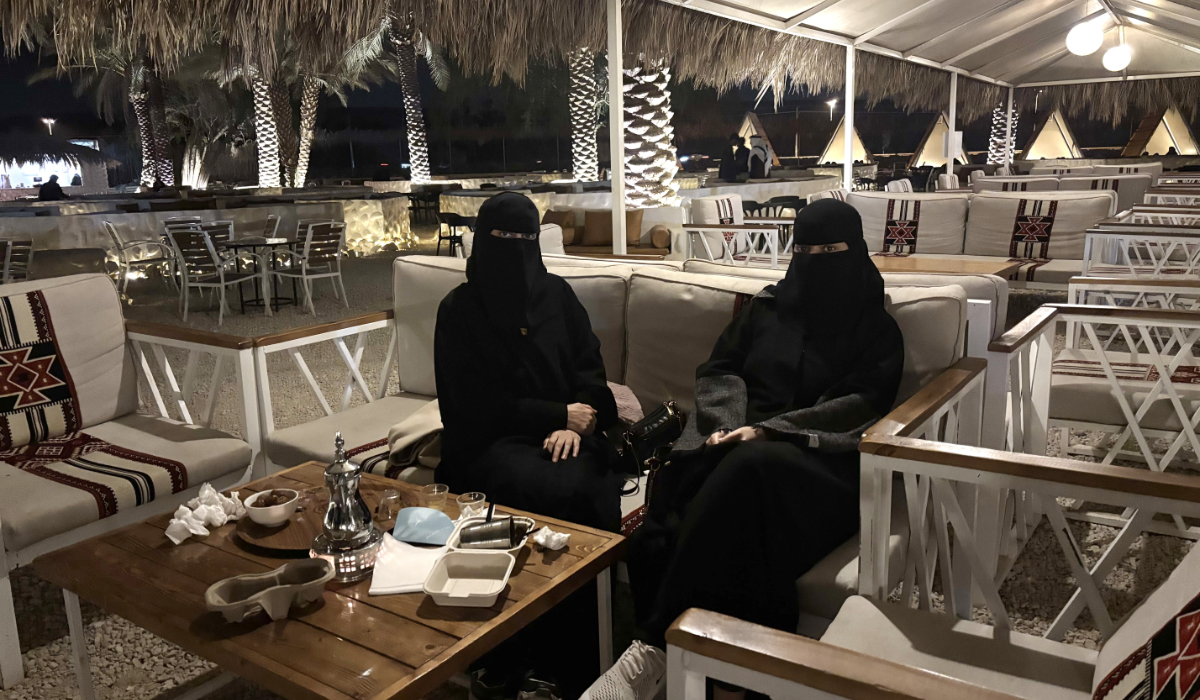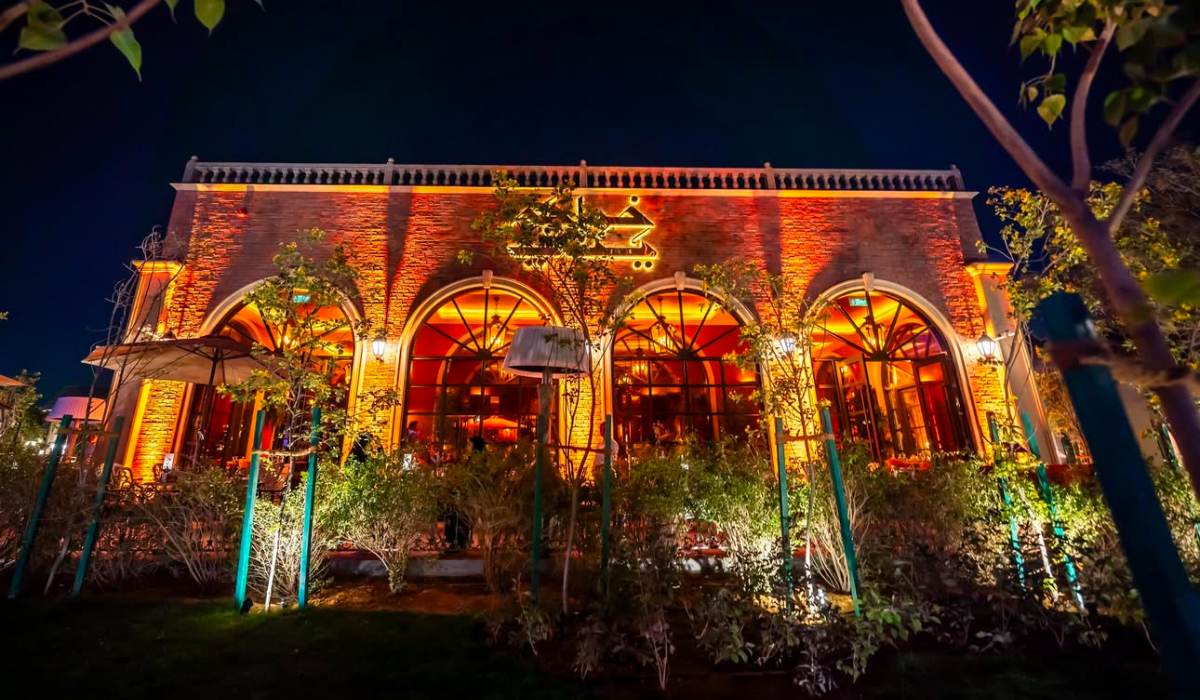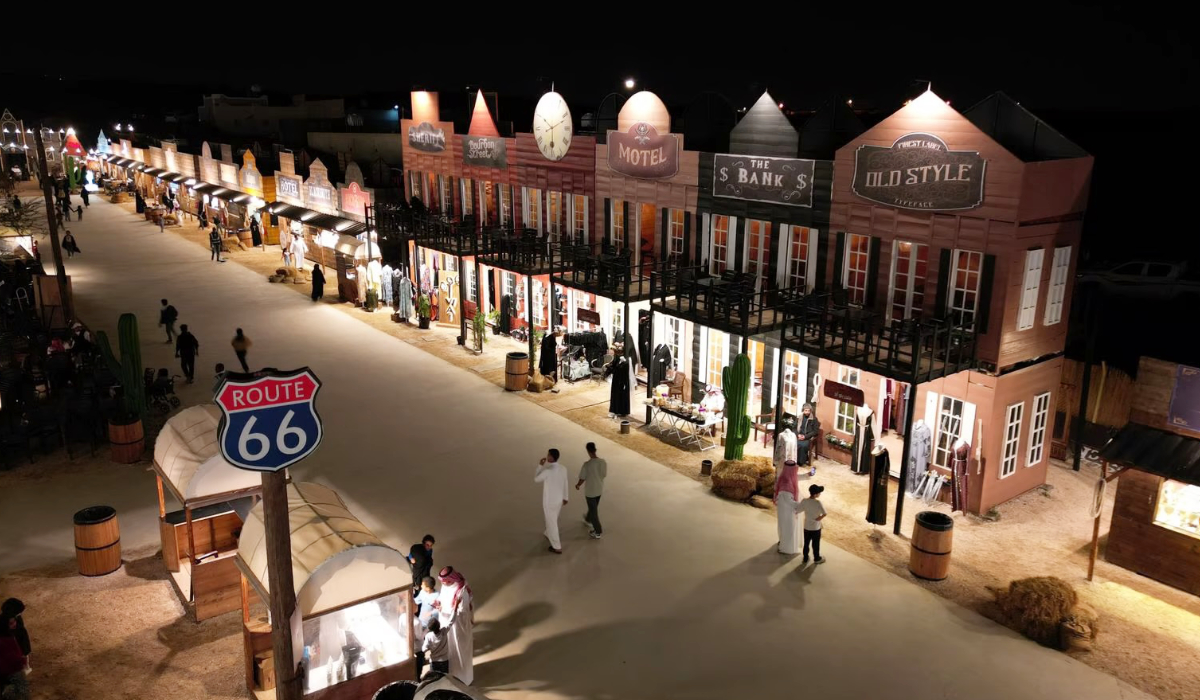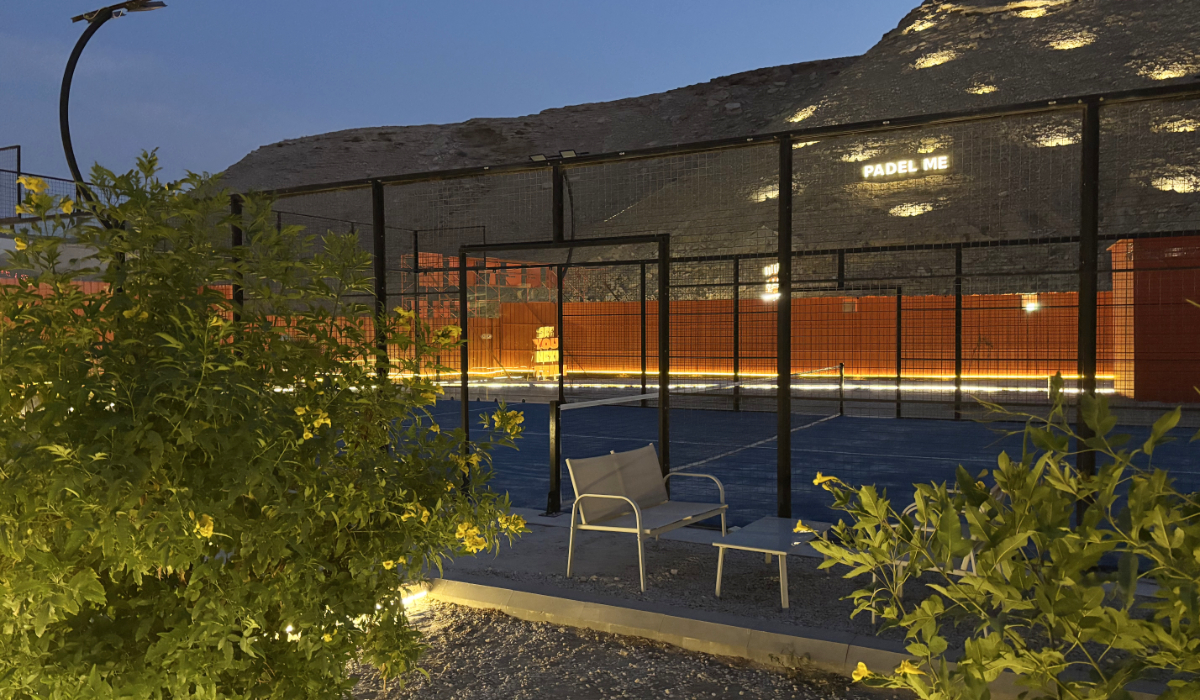DALLAS: I’m standing in a dimly lit room with a wiry, grey-haired gentleman. He is gesticulating wildly, a manic energy in his eyes as he shouts at me in Spanish. Flies buzz around the damp air. Every so often, my intense interlocutor waves an outstretched limb in the direction of some torn black-and-white photographs, sticky taped to the peeling paintwork, which appear to have been printed off the Internet sometime in the 1990s. I just parted with $2 for this experience. Needless to say, I don’t speak Spanish.
“Come,” he says finally in English — a perplexing acknowledgement that my revolutionary comrade has understood my linguistic predicament for the duration of his 15-minute tirade — and leads me up a dusty staircase to the building’s roof. “It’s safe,” he adds, as we clamber onto the single buckling sheet of corrugated iron that constitutes the roof of the Museo de la Revolucion. The person-sized rips and tears, slashing open a visual trail all the way to the tiled floor below, prompt me to wonder otherwise.
The view however is, as he predicted, “magnifico.” Below, the intoxicatingly grungy city of León, Nicaragua, unfolds — a canvas of intense activity furrowing the multi-hued, faded fringes of this once-glistening colonial outpost, weathered and wrinkled by its own storied past.
León served as the logistical and spiritual center of the liberal Sandinista movement which deposed the Somoza dictatorship in 1979, as this edgy, grassroots museum — and its seasoned staff of former revolutionaries — no doubt attest (to Spanish speakers, at least).
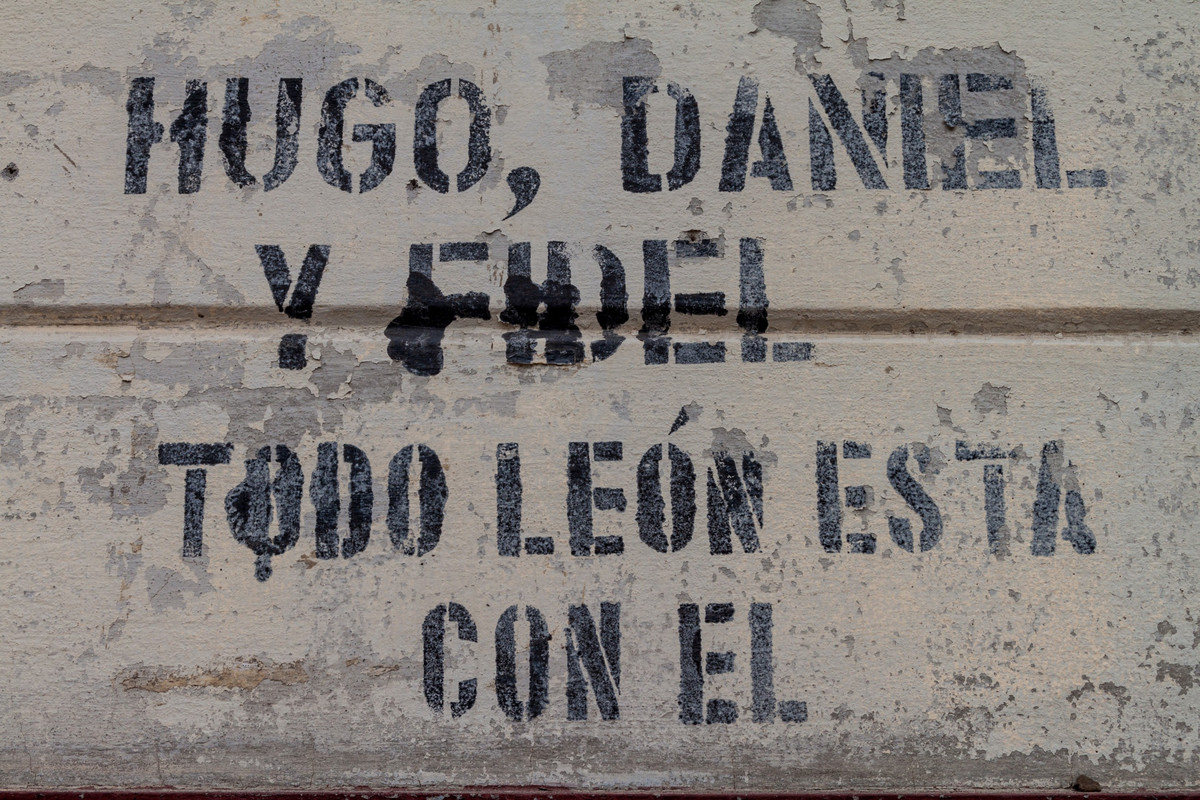
(Shutterstock)
But even without the surreal museum welcome, this is living history, still fresh and felt. Following the US-backed Contra War of the 1980s and an embezzlement scandal which toppled the rightwing PLC party, the Sandinista’s socialist FSLN have been in power since 2006 and the city maintains a wiry political edge to this day, as evidenced by a recent wave of anti-government protests.
Even the most oblivious holidaymaker couldn’t fail to clock the loud graffiti, political sloganeering and locals arguing at café tables into the wee hours. The contrast with the cleaner, droller, and much more touristic colonial twin and Conservative stronghold Granada is palpable. Both cities have their charms, but I’m clearly leaning toward the individualism and restless, visceral energy of León.
Whether you’re a museum person or not, León offers a wealth of diverse exhibition spaces noteworthy and novel enough to constitute compulsory viewing. The Ortiz-Gurdián Foundation Art Museum, one of Central America’s greatest galleries, offers a stunning snapshot of modern and contemporary art from Nicaragua and beyond. Spread across two sprawling, restored colonial buildings punctuated with wide, airy courtyards which offer welcome relief from the midday heat, even the uninitiated will find solace in this diverse collection of colored canvases.
Also obligatory is the Museum of Folklore and Legends, an eclectic exhibit too kooky to be true. Dedicated to the region’s mythology, a series of themed rooms presents life-sized papier-mâché dolls playing out scenes from local legends and Leónese folklore, including the mockery of “original colonist” La Gigantona, housed hauntingly inside La XXI — a former jail used to torture pre-liberation Sandinistas.
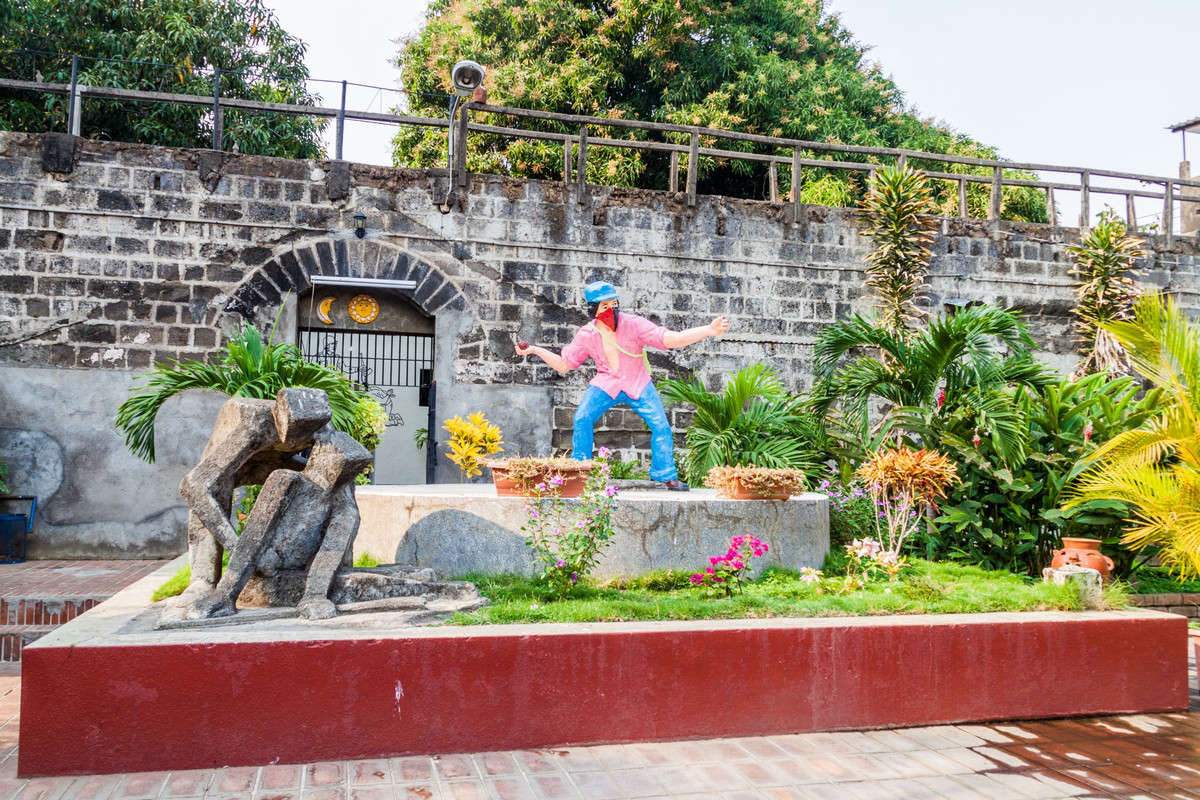
(Shutterstock)
Meanwhile, literature fans should not miss the Museo Rubén Darío, the former home of the celebrated poet known as the father of the Spanish-American “modernismo” movement, eerily preserved with period furniture, personal possessions and spread out over a traditional courtyard home.
After the sightseeing is done, stay out in the open: León is inarguably at its most compelling after dark, when the streets electrify and the fierce intellectualism and independence of Leónese locals overpowers the passing dumbfounded backpackers. Festivities spew onto the streets spiraling northwest from Parque Central and its UNESCO-recognized Our Lady of Grace Cathedral. Cafes sit at every corner, debate is lively and music is infectious — the sound of impassioned voices rising ever-louder as dusk darkens and Latino grooves intensify — until finally, even the most potent politicos get up, abandoning argument and succumbing to the beat of this fascinating city.











